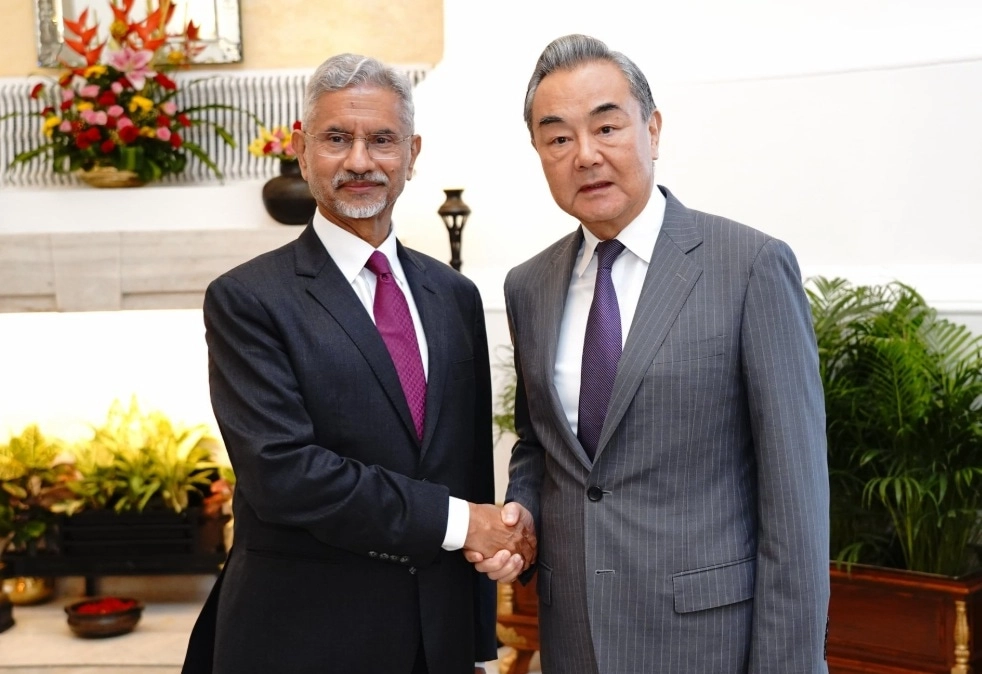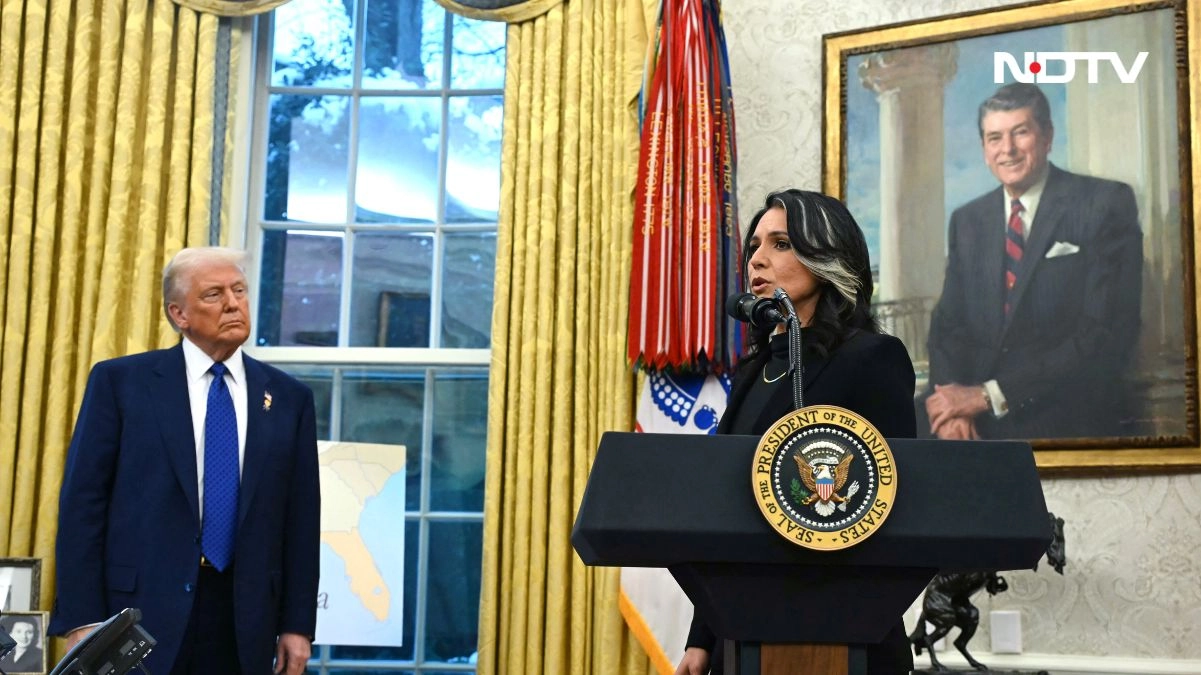China’s recent commitment to address India’s rare-earth needs has sparked significant interest and debate regarding the implications of this move. Rare-earth elements (REEs) are crucial components in various high-tech applications, including electronics, renewable energy technologies, and defense systems. As the world increasingly shifts towards green technology and advanced manufacturing, the demand for these materials has surged. China currently dominates the global supply of rare earths, accounting for around 60% of the market, which places it in a pivotal position in international trade and geopolitics.
On one hand, China’s promise to support India in securing rare-earth supplies can be seen as a straightforward business transaction aimed at fostering economic ties. Strengthening partnerships with India could enhance China’s economic influence in the region, potentially leading to increased trade and investment opportunities. By addressing India’s rare-earth needs, China may also be seeking to mitigate any potential backlash from India’s efforts to diversify its supply chains, particularly in light of rising tensions between China and other countries, including the United States. This pragmatic approach aligns with China’s broader objective to solidify its role as a key player in global supply chains while ensuring that India remains economically dependent on its resources.
However, there is also a strategic dimension to this development that cannot be overlooked. China’s outreach to India regarding rare-earth elements could signify a shift in regional dynamics, particularly as both nations navigate complex geopolitical landscapes. By offering support in this critical sector, China may aim to foster a sense of cooperation that could counterbalance India’s growing partnerships with Western nations. Moreover, with India’s aspirations for self-reliance and its “Make in India” initiative, China’s involvement could complicate India’s quest for strategic autonomy. The interplay between economic cooperation and geopolitical maneuvering suggests that this arrangement may extend beyond mere business interests, hinting at a potential realignment of strategies in the Indo-Pacific region.
In conclusion, China’s pledge to assist India with its rare-earth requirements encapsulates a multifaceted relationship that intertwines economic necessity with strategic considerations. While the immediate implications may appear to center on trade and resource allocation, the underlying motivations reflect broader geopolitical ambitions. As both nations continue to navigate their respective roles on the global stage, the dynamics of this partnership will be closely watched, not only for its economic ramifications but also for its potential to reshape alliances and influence power structures within the region. Ultimately, the engagement over rare-earth resources serves as a microcosm of the complex interdependencies that characterize contemporary international relations.




